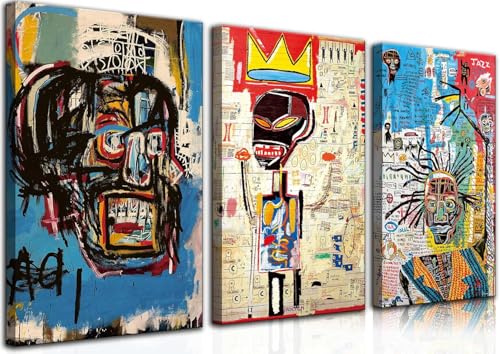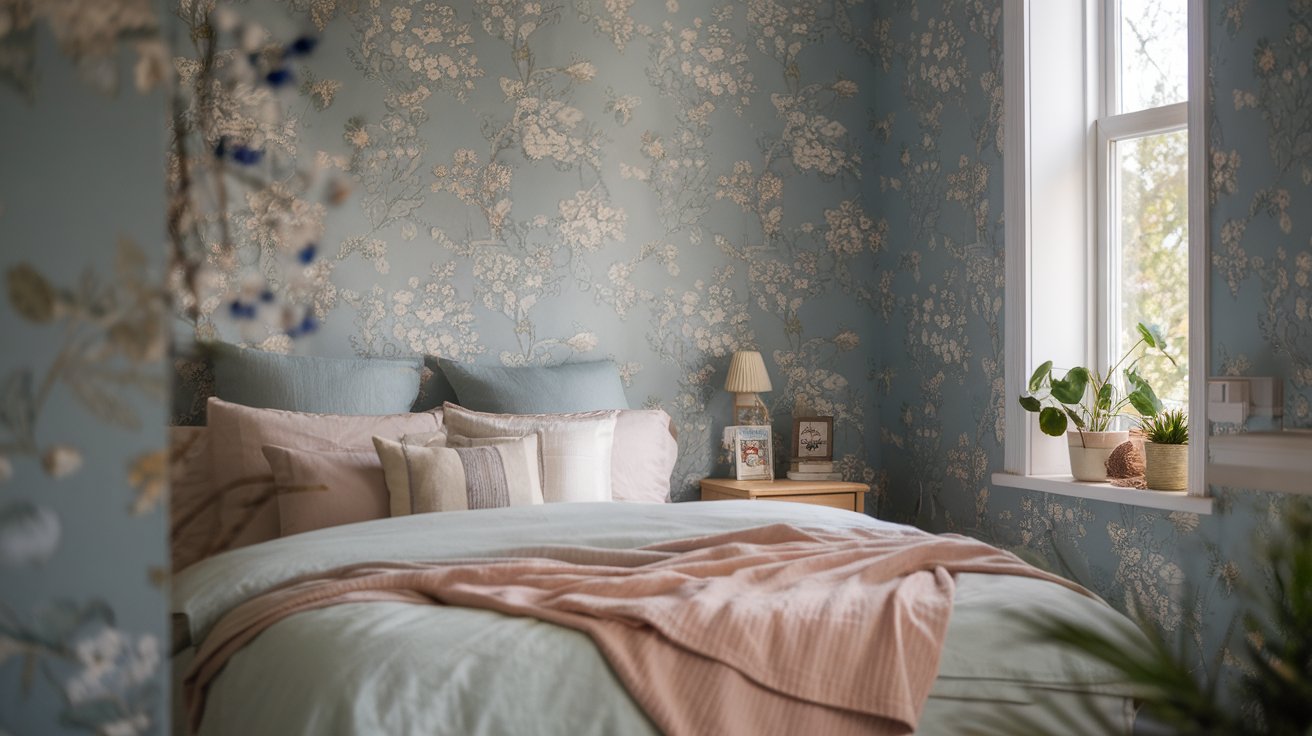Introduction
Textured paint offers an excellent way to enhance both the aesthetics and functionality of a home’s interior. By incorporating textured finishes, homeowners can transform small rooms, high-traffic areas, and living spaces into dynamic environments that reflect both style and practicality. Whether using subtle wall decor techniques like plaster or bolder materials such as venetian plaster and shiplap, textured paint allows for creative freedom while providing durability and protection.
In this guide, we will explore a range of textured wall ideas, from eco-friendly options to DIY solutions, all designed to help homeowners add character to their homes. With a focus on maximizing space, improving durability, and enhancing overall design, these textured paint ideas provide a perfect balance between visual appeal and functional protection.
Key Takeaways
- Textured paint can enhance small spaces by adding depth and the illusion of a larger room.
- Textured finishes like plaster and venetian plaster are ideal for high-traffic areas, providing both protection and style.
- Eco-friendly low-VOC textured paints offer a healthier option for bedrooms and living spaces, promoting better indoor air quality.
- DIY textured paint techniques such as sponge painting and stenciling are affordable ways to personalize any room.
- Combining textures like shiplap, exposed brick, and stone creates a cozy, layered, and eclectic home design.
- By selecting the right textured wall options, homeowners can achieve both functional durability and aesthetic appeal.
Creative Textured Paint Ideas for Small Spaces

Textured paint is a great way to add texture and dimension to small spaces, helping create the illusion of texture that makes the room feel larger. Techniques like wall paneling and sponge painting can visually open up a room without adding clutter. Interior design experts often use light, neutral tones combined with subtle textures like plaster or marble to enhance the space’s depth while maintaining an airy feel. These textures are also effective at concealing imperfections in interior walls. Incorporating three-dimensional textured paint into a small room can add sophistication, making it feel both inviting and dynamic. Additionally, using backsplash textures in areas like the bathroom brings a stylish touch, providing a practical solution while enhancing the overall design style.
Using Light Reflective Textures to Maximize Space
In small spaces, light reflective textures like metallic or satin textured paint can work wonders. These finishes reflect natural light, creating the illusion of a larger, more open room. Pairing these textures with lighter colors ensures that the space feels airy and inviting without feeling cramped. Accent walls with a textured finish provide subtle depth, making the room feel dynamic and cozy while keeping it functional. Whether you choose to texture an entire wall or just a section, these paint tricks can instantly elevate the look of your small room.
Affordable DIY Textured Paint Techniques for Small Rooms
For homeowners on a budget, DIY methods like sponge painting or stenciling are great ways to add unique textures without breaking the bank. These techniques add dimension and can transform any space. A textured wall created through sponge painting, for example, adds character while remaining cost-effective. Plus, DIY projects allow for customization, ensuring the design fits personal styles. With minimal supplies and a little time, you can create a one-of-a-kind room that feels inviting and thoughtfully designed.
Top DIY Textured Paint Ideas for Small Spaces
1. Sponge Painting for Subtle Depth
Sponge painting is a beginner-friendly technique that adds subtle depth to small rooms. By using light colors and layering, homeowners can achieve a textured finish that reflects light and makes the space feel more open.
2. Metallic Textured Paint for Reflective Surfaces
Metallic paints offer a reflective surface that helps bounce light around the room, creating the illusion of a larger, more open area. This is particularly effective in spaces with limited natural light.
3. Grasscloth Wallpaper for Natural Texture
Grasscloth wallpaper provides a natural, earthy texture that adds warmth and depth without overwhelming the space. It’s a great way to introduce texture in a subtle, sophisticated manner.
4. Venetian Plaster for a Sleek, Modern Look
Venetian plaster gives a sleek, polished finish that enhances the elegance of small spaces. Its smooth surface adds a contemporary feel while also providing the texture needed for visual interest.
5. Textured Accent Wall to Highlight a Focal Point
Creating a single textured accent wall in a small room can draw the eye and make the room feel larger. Whether using 3D panels or a simple textured paint, this technique helps to break up the space while adding a focal point.
Functional Textured Paint Ideas for High-Traffic Areas

High-traffic areas like hallways or entryways require durable, easy-to-maintain finishes, and textured paint fits the bill perfectly. Textures like Venetian plaster or faux finishes provide both style and substance, offering resistance to wear and tear while adding an upscale, sophisticated look. In narrow corridors, interior designers often recommend adding texture to walls to prevent the space from feeling too enclosed. Meanwhile, bolder textures can make a striking statement in entryways. Adding paint color choices that highlight these textures further enhances the effect. Textured paint not only protects walls from scuffs and marks but also allows homeowners to express their design preferences. Whether incorporating a textured ceiling or experimenting with various wall texture ideas, this balance between practicality and style makes textured paint an ideal choice for high-traffic areas.
Textured Wall Solutions for Busy Hallways
In high-traffic areas like hallways, durable textured paint is essential. Options like venetian plaster or faux finishes not only add aesthetic appeal but also protect walls from wear and tear. These textured wall finishes conceal scuffs and scratches while offering a sophisticated look. A light textured finish can make narrow hallways appear more spacious, while bold textures like 3D wall tiles bring depth and visual interest. These finishes are practical and stylish, making them an excellent choice for areas that see daily foot traffic.
How to Use Textures to Elevate Your Entryway
The entryway is the first impression of your home, so using bold textures like shiplap or exposed brick can set the tone. Adding a textured finish or accent wall in the entry creates a striking focal point. Whether opting for venetian plaster or a stone wall, textured paint brings a sense of luxury while maintaining practicality. Textures like these add dimension and help conceal imperfections, making them ideal for high-traffic zones where durability and style are equally important.
Case Study: Using Venetian Plaster in a Busy Entryway
In a modern family home located in a high-traffic urban area, the homeowners were seeking a durable and stylish solution for their frequently used entryway. They opted for venetian plaster due to its robust texture and smooth finish, which provided both durability and a sophisticated aesthetic.
Before the renovation, the entryway walls showed signs of wear, including scuffs and minor damage from daily use. The homeowners wanted a finish that would not only withstand frequent use but also conceal imperfections. After applying venetian plaster, the walls became more resistant to future scuffs, while the polished surface added a refined touch to the space. The light-reflective quality of the plaster also helped brighten the otherwise narrow hallway, making it feel more open and inviting.
Eco-Friendly Textured Paint Solutions for a Healthier Home

As more homeowners prioritize health and sustainability, eco-friendly textured paint solutions have become increasingly popular. Low-VOC or VOC-free textured paints are perfect for living rooms and bedrooms, offering a safer option for families while maintaining a stylish look. These paints minimize the release of harmful chemicals into the air, reducing indoor air pollution. With a wide range of wall texture design ideas, from matte to glossy finishes, homeowners can bring unique texture to your space while staying eco-conscious. Whether you’re adding texture to your walls or incorporating a stylish wall accent, sustainable choices help create a personalized, healthier indoor environment. Moreover, selecting materials like plaster finishes and natural textures reflects a commitment to both the planet and the home.
Low-VOC Textured Paint for Bedrooms and Living Spaces
In spaces like bedrooms and living rooms, using low-VOC or VOC-free textured paints is not only eco-friendly but also health-conscious. These paints offer a wide range of finishes, from matte to glossy, providing homeowners with design flexibility while reducing indoor air pollution. Textured finishes like plaster or faux finishes bring a natural, earthy feel to the space, making it both safe and stylish. This approach creates a healthy environment without compromising on aesthetic appeal, making it perfect for families who prioritize both style and wellness.
Choosing Sustainable Textured Paint for Your Home
Selecting sustainable textured paint involves looking for materials that are both durable and safe for the environment. Homeowners can opt for textured finishes that are certified as low-VOC or made from eco-friendly ingredients. Textured wall designs like venetian plaster or natural stone are excellent choices for creating a stylish yet environmentally responsible home. These sustainable textures not only enhance the room’s visual appeal but also contribute to healthier indoor air quality, making them a long-lasting investment for the future.
“The greatest threat to our planet is the belief that someone else will save it.” — Robert Swan
Combining Textures for a Layered, Eclectic Home Design

For homeowners seeking a bold, eclectic style, combining different textures can create an inviting and layered look. Elements like shiplap, exposed brick, and textured wall panels work harmoniously to add depth and contrast to any room. Mixing rustic wood with sleek, modern materials such as glass or metal introduces a balanced visual narrative, making the space both warm and contemporary. By thoughtfully layering textures, from soft fabrics to rough stone, homeowners can achieve a uniquely eclectic style that feels lived-in and carefully curated. This approach brings personality and richness to any design scheme.
Mixing Wood and Stone for a Rustic Look
Combining wood paneling and stone walls is a perfect way to add a rustic yet modern touch to any space. Using materials like shiplap for accent walls alongside exposed brick or stone creates a warm, inviting atmosphere. These textured finishes not only add depth to the room but also offer a layered, natural feel that blends both rustic and contemporary elements. Incorporating a fireplace with textured stone around it further enhances this cozy vibe, making it an ideal combination for living areas.
Layering Different Textures for a Modern Eclectic Vibe
For a more eclectic and modern feel, mixing smooth textured walls with rougher materials like plaster or venetian finishes can create a striking contrast. This layered approach adds visual interest and dimension to the space, making it feel both modern and dynamic. Combining textured paint with sleek furniture or metal accents can make the room feel curated and personalized. The key to this design is balance, ensuring that each texture complements the others without overwhelming the space.
Conclusion
Incorporating textured paint into your home’s design is not only a way to add visual interest but also a functional solution for improving the durability of your walls. From creating the illusion of space in smaller rooms to offering robust protection in high-traffic areas, textured finishes like plaster, venetian plaster, and shiplap offer versatile options that suit various styles and needs. Whether you’re aiming for a cozy, earthy feel or a bold, modern statement, these wall decor techniques allow you to personalize your space in creative ways.
By choosing the right textured wall options, including eco-friendly and DIY approaches, homeowners can create environments that are not only stylish but also long-lasting. These ideas provide practical ways to enhance any room, offering protection and personality in equal measure.






